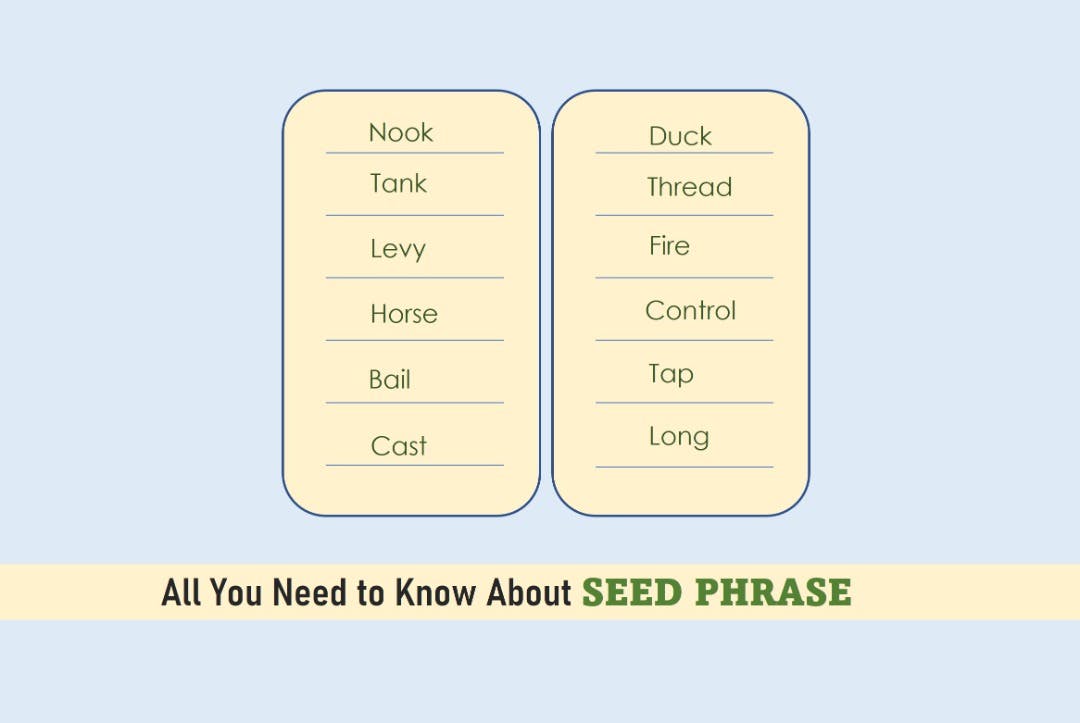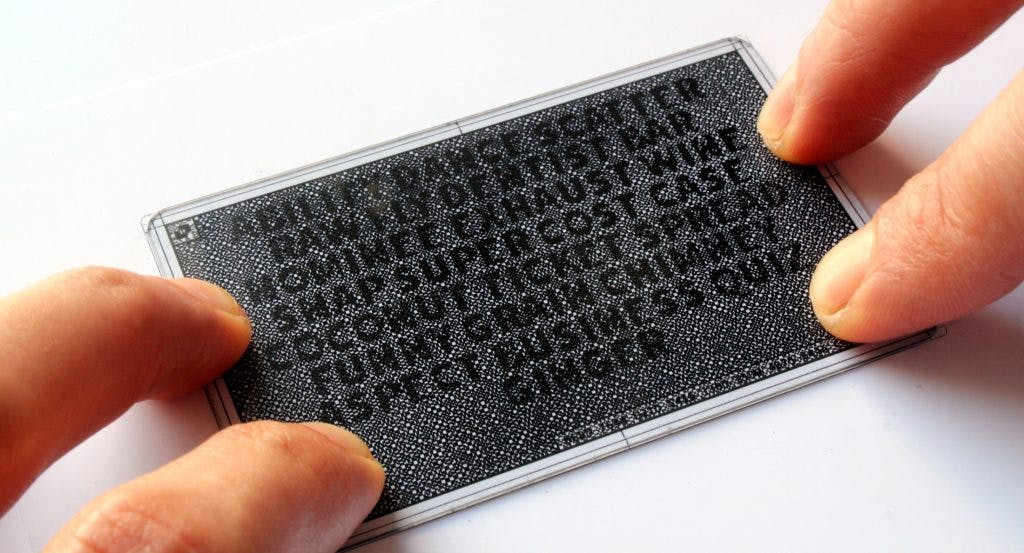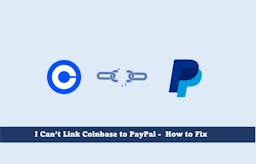
You talk about your seed phrase, passphrase, pin, and password when securing your crypto wallet. Each of them is different in terms of the security they offer to your crypto wallets, how important they are in terms of backups, which can be used across multiple devices simultaneously and which ones you need to prioritize when securing your wallet for the long term.

Key Takeaways
•Up to 20% of the total supply of Bitcoin, which is 18.5 million, appear to be lost or in stranded wallets, according to the cryptocurrency data from Chainalysis.
•Stephan Thomas, a German-born programmer, has had more than 7,000 bitcoins locked away in a device known as an IronKey for nearly a decade.
Your seed phrase is the most important part of your wallet that you need to secure because anybody with your 24 or 15 words seeds could access all of your funds. Your seed phrase is compatible across multiple wallets and can even run on several wallets simultaneously.
SEE ALSO: How To Create A Flash Loan Contract With Aave – Easy Steps
What is a Seed Phrase
A seed phrase is a series of words generated by your cryptocurrency wallet that give you access to the cryptocurrency associated with that wallet. So long you have your seed phrase, you will have access to the crypto associated with that particular wallet that generated the seed phrase.
Mnemonic seed keys or phrases are plain English representations of the complex numbers representing private keys for cryptocurrency wallets.
Why Seed Phrases?
Think of a wallet similar to a password manager for crypto and the seed phrase as the master password. As long as you have access to your seed phrase, you will have access to all of the crypto associated with that wallet that generated the phrase- even if you delete or lose the wallet.
Your seed phrase provides:
- A user-friendly way to back up private keys
- A secure means by which new keys can be commissioned
A Case Study of Stephan Thomas
Stephan Thomas, a German-born programmer, has had more than 7,000 bitcoins locked away in a device known as an IronKey for nearly a decade. Cashing out that stash of digital currency this day would pay out more than $420 million, much more than it was worth when he first earned them.
Stephan Thomas years ago lost the paper where he wrote down the password of his IronKey.
He has already made eight failed attempts to unlock the drive, now he only has two more tries to get it right. Else the drive will self delete, clearing all of its data forever, including the password that will unlock millions. He has since tried eight of his most commonly used passcodes to no avail.
Up to 20% of the total supply of Bitcoin, which is 18.5 million, appear to be lost or in stranded wallets, according to the cryptocurrency data from Chainalysis.
But Bitcoin has no company to provide or store passwords. Bitcoin’s creator, who goes by the pseudonym Satoshi Nakamoto, did not consider that people can be very forgetful and careless at securing their passwords.
It is also known by some other names like Mnemonic phrases, Passphrase seed, recovery phrase, mnemonic seed keys and backup phrases. It’s going to be given to you when you first set up your wallet.
SEE ALSO: How to Set up a Tezos Wallet to Buy NFT
How to Store Your Seed Phrase
- Do not use a password manager
- Do not use an online seed recovery service
- Do not take a screenshot of that seed
Following the paths mentioned above to storing your seed phrase is not ideal becauseyou invite an external party when using those methods.
Rather, you can write it down on paper. Paper and ink is not a durable way of storing them over long periods because they may fade off. You can engrave them on steel and metals.
These are much better than paper as they are built to withstand high temperatures, water damage and other extreme conditions. It is then up to you to determine where to keep this paper (for temporary storage) or steel(on which your seed phrase has been etched) for the long term. It is then up to you to decide which ones have a good balance between security and ease of retrieval.
Are Seed Phrases Universal?
This can be illustrated using two different wallets. For example, importing an external wallet into the metamask wallet using a seed phrase will prove unsuccessful practically. However, importing a seed phrase associated with a different metamask wallet will be a success.
Frequently Asked Questions (FAQS)
1. Is the seed phrase safe?
Well, that depends on the end-user who owns this seed phrase too. After generating your seed phrase, the onus lies on you to keep it secure from any other person. With exposure to more individuals, the more unsafe it is, and ultimately, it becomes prone to phishing. Therefore, you must keep it secret, much like a password.
2. Are seed phrases secure?
Security of a seed phrase examines the possibility of your seed getting cracked mathematically.
Well, allay your fears as your wallet’s seed is secure, and it is next to impossible to be cracked or decrypted. It would be best if you focused more on safeguarding your seed from phishing or permanent loss.
3. Are seed phrases case sensitive?
Yes, your wallet’s seeds are case sensitive, and you must be able to distinguish upper case letters from lower case letters when inputting your seed phrase.
4. Can I change my seed phrase for my wallet?
The answer is NO. Trying to change your seed phrase will amount to trying to get another wallet. That’s the whole idea behind it being accepted as a top tier means of cryptocurrency security. It is unique to each wallet.
SEE ALSO: How to Backup Your Hardware Wallet – Best Practices
Final Thoughts
If you want to store your crypto long-term, your seed phrase is what you want to keep a copy in a secured location, and there are numerous ways to do that. Most of these ways will survive the test of time. And again, if you ever try to restore your seed onto a new device and can’t find your funds, it could be the derivation path of your wallet is different from the one you originally were using it on.
Read More




